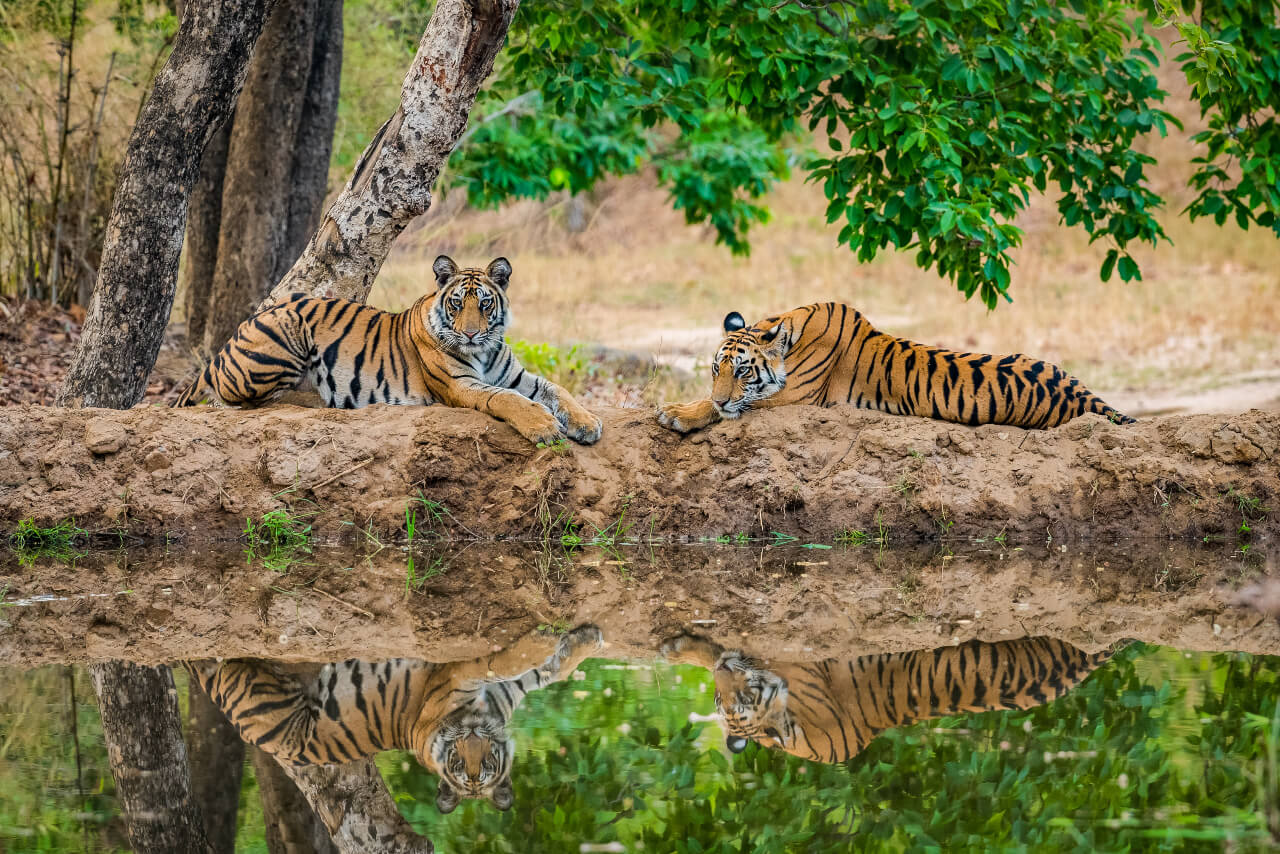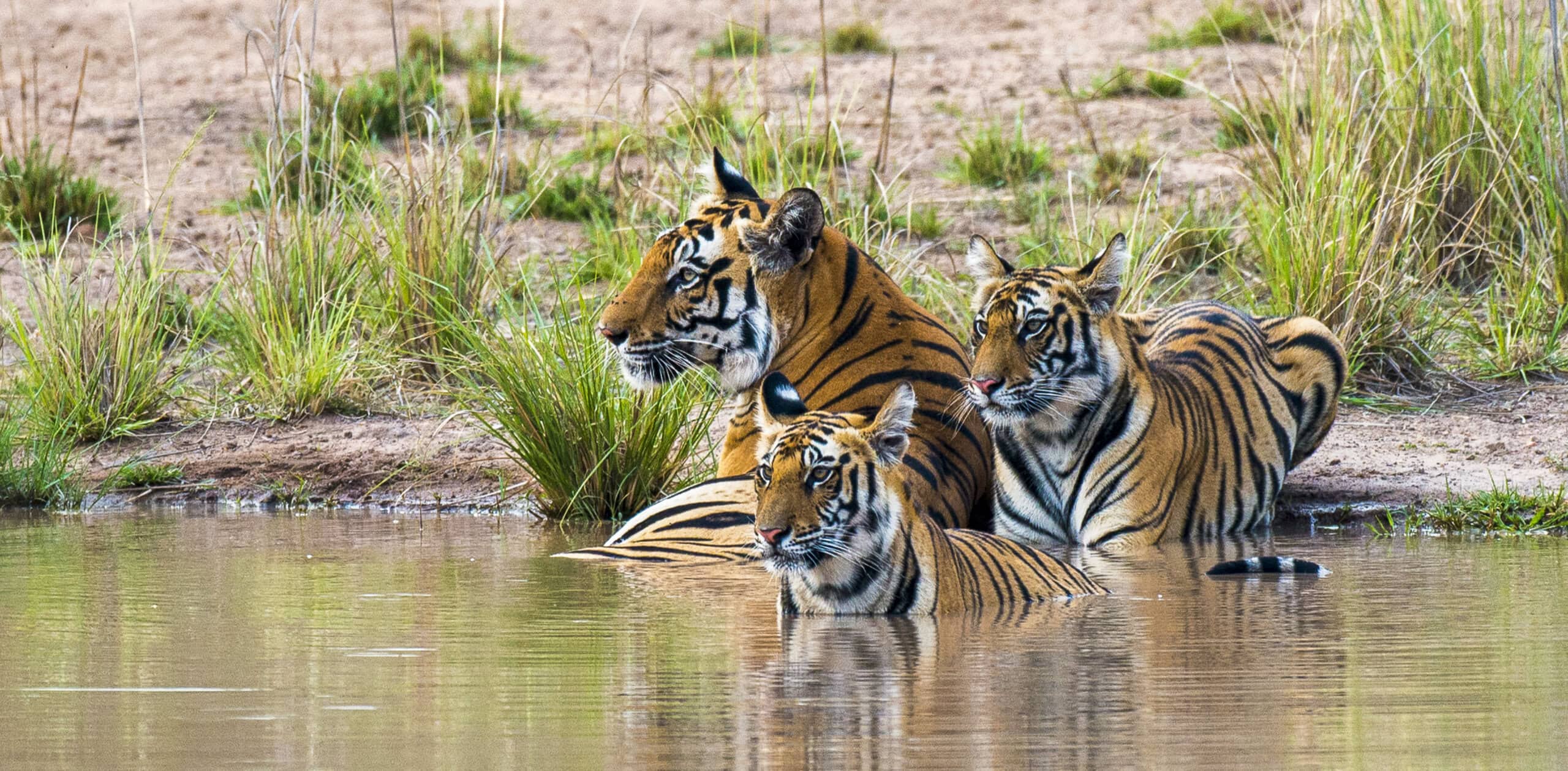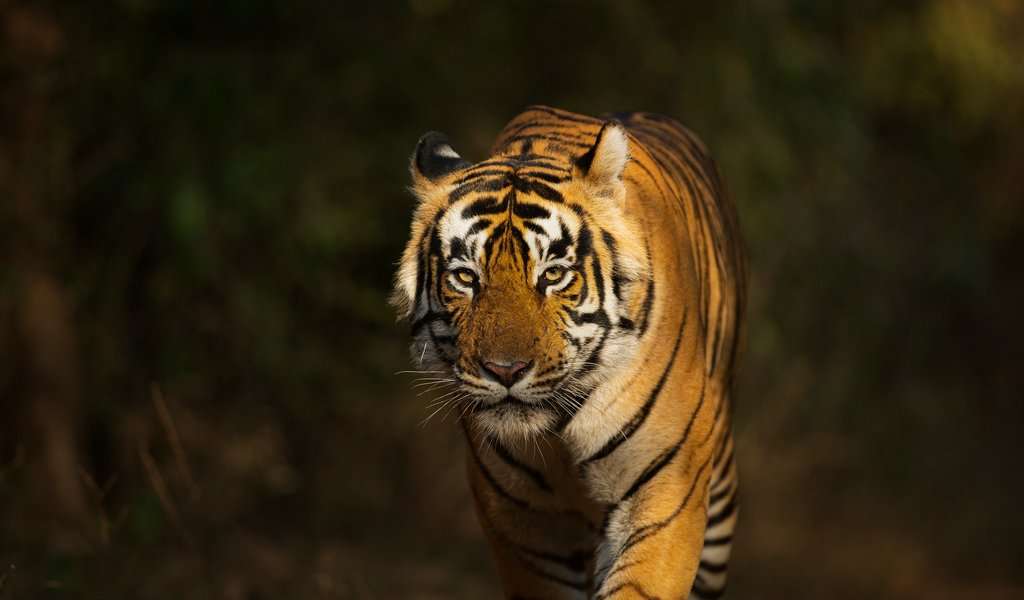Wildlife and Tiger Safari in India offers an unforgettable experience for nature lovers. It’s a chance to see majestic tigers and diverse wildlife in their natural habitat.
India is a land of diverse landscapes and rich biodiversity. One of the most thrilling ways to explore this is through a wildlife and tiger safari. Imagine the excitement of spotting a Bengal tiger prowling through the dense forests or observing a herd of elephants by a river.
These safaris not only offer adventure but also a deep connection to nature. In this blog post, we will explore the best places for a wildlife and tiger safari in India, the unique experiences they offer, and how you can plan your trip to witness these magnificent creatures up close. Join us on this journey into the wild heart of India.

Credit: www.naturesafariindia.com
Top Tiger Reserves
India is home to many incredible tiger reserves. These reserves are dedicated to protecting the majestic Bengal tiger. Visitors flock to these parks for thrilling safaris and a chance to see these magnificent creatures in their natural habitat. Below are two of the top tiger reserves in India.
Ranthambore National Park
Ranthambore National Park is one of the largest national parks in India. It is located in the state of Rajasthan. The park covers an area of 392 square kilometers. It is famous for its large tiger population.
Visitors can enjoy a jeep safari or a canter safari. Both options offer great opportunities to spot tigers. The best time to visit is between October and June. The park also boasts a variety of other wildlife, including leopards, deer, and wild boars.
| Feature | Details |
|---|---|
| Location | Rajasthan |
| Area | 392 sq km |
| Best Time to Visit | October to June |
Bandhavgarh National Park
Bandhavgarh National Park is located in Madhya Pradesh. This park has one of the highest densities of tigers in India. It covers an area of 105 square kilometers.
The park is divided into three major zones: Tala, Magadhi, and Khitauli. Each zone offers unique wildlife experiences. Visitors can choose jeep safaris to explore these zones. The best time to visit is between October and June.
- Tala Zone: Known for frequent tiger sightings.
- Magadhi Zone: Rich in bird species.
- Khitauli Zone: Ideal for spotting leopards and sloth bears.
In addition to tigers, Bandhavgarh is home to various other animals. These include langurs, wild boars, and many bird species. The park also has a rich historical background, with ancient ruins and caves scattered throughout.

Credit: indiaforbeginners.com
Best Time To Visit
Planning a wildlife and tiger safari in India involves choosing the right time to visit. The best time ensures you witness the majestic tigers in their natural habitat. Timing your visit perfectly can enhance your safari experience and increase your chances of spotting these elusive creatures.
Optimal Seasons
The best time to visit for a tiger safari is between October and June. During these months, the weather is pleasant, and wildlife sightings are frequent. The post-monsoon period, from October to February, is ideal. The forest is lush, and animals are more active.
Summer, from March to June, is also good for sightings. Tigers often visit waterholes to cool off. Though it can be hot, the chances of spotting tigers are high. Many tourists prefer these months for better visibility.
Climate Considerations
Understanding the climate is crucial for planning your safari. During October to February, temperatures are mild, ranging from 10°C to 25°C. This period is comfortable for both visitors and wildlife.
From March to June, temperatures can soar up to 45°C. While it’s hotter, this season sees more tiger activity around water sources. It’s essential to be prepared for the heat and stay hydrated during your safari.
The monsoon season, from July to September, is not recommended. Parks remain closed due to heavy rains and poor accessibility. Wildlife sightings are rare, and the dense vegetation makes it difficult to spot animals.
Safari Experience
Embarking on a wildlife and tiger safari in India is a thrilling adventure. It offers a unique chance to witness nature up close. The excitement of spotting a tiger in its natural habitat is unmatched. The safari experience combines the beauty of Indian landscapes with the thrill of wildlife spotting.
Types Of Safaris
There are several types of safaris available in India. The most common are jeep safaris. They allow you to cover more ground quickly. Another option is the canter safari. This is a larger vehicle that can accommodate more people. It is perfect for group adventures.
For a more intimate experience, try an elephant safari. Riding on an elephant provides a higher vantage point. It also allows you to move quietly through the forest. Walking safaris are also available in some regions. They offer a closer connection to nature, but with fewer chances of spotting tigers.
What To Expect
On a tiger safari, early mornings are best for sightings. The cool air encourages animals to be more active. Guides are knowledgeable and help spot wildlife. Patience is key. Some days are more fruitful than others.
Expect to see a variety of animals. Besides tigers, you might spot deer, monkeys, and various birds. The landscapes are diverse, ranging from dense forests to open grasslands. Each park has its unique charm.
Dress in layers. The temperature can vary greatly throughout the day. Bring a good pair of binoculars. They enhance the experience and help in spotting distant animals. A camera is essential for capturing memories. Silence is golden. Speaking softly increases the chances of seeing more wildlife.
Wildlife Beyond Tigers
Discover India’s diverse wildlife beyond tigers on a thrilling safari adventure. Spot majestic elephants, elusive leopards, and vibrant bird species in their natural habitat.
India’s wildlife is famous for its majestic tigers. But there is so much more to explore. The jungles and forests teem with a variety of creatures. These animals offer a thrilling experience for every wildlife enthusiast.Other Big Cats
Leopards are stealthy and elusive. They are spread across many of India’s national parks. Their spotted coats help them blend into the surroundings. The excitement of spotting a leopard is unmatched. Snow leopards live in the high altitudes of the Himalayas. These rare cats are a true marvel. Their thick fur keeps them warm in freezing temperatures. Seeing one is a dream for many wildlife lovers.Bird Watching Opportunities
India is a bird watcher’s paradise. The diverse landscapes support a variety of bird species. From wetlands to forests, every region has its unique birdlife. The Great Indian Bustard is a rare sight. This large bird roams the grasslands. Its tall stature and unique appearance make it easy to spot. Flamingos create a stunning visual. They gather in large numbers at wetlands. Their pink feathers stand out against the blue water. Owls are another attraction. These nocturnal birds can be seen at dusk. Their hoots add to the jungle’s mystique. India’s wildlife is not just about tigers. Other big cats and countless birds add to the country’s rich biodiversity. Each visit offers a new adventure and learning experience.Conservation Efforts
India’s tiger population is a symbol of its rich biodiversity. Conservation efforts have been crucial in protecting these majestic creatures. Here’s a look at the key strategies in place.
Anti-poaching Measures
Anti-poaching measures are critical for tiger conservation in India. These measures include:
- Increased patrols in vulnerable areas
- Use of technology like drones and camera traps
- Establishment of rapid response teams
Patrols and technology help monitor tiger habitats. Rapid response teams quickly address poaching incidents. This combined effort has significantly reduced poaching activities.
Community Involvement
Community involvement plays a vital role in tiger conservation. Local communities are often the first line of defense. Their participation includes:
- Education programs to raise awareness about tiger conservation
- Employment opportunities in eco-tourism
- Incentives for protecting tiger habitats
Education programs teach locals about the importance of tigers. Eco-tourism jobs provide income while protecting wildlife. Incentives encourage communities to conserve tiger habitats.

Credit: www.wildernesstravel.com
Travel Tips
Embarking on a wildlife and tiger safari in India is an exhilarating experience. The vibrant flora and fauna, coupled with the majestic tigers, create unforgettable memories. To make the most of your safari adventure, certain preparations and precautions are essential. Here are some invaluable travel tips to ensure a safe and enjoyable journey.
Safety Guidelines
Safety should always be your top priority during a wildlife safari. Below are some essential safety guidelines:
- Stay in the vehicle: Always remain inside the safari vehicle. Wildlife can be unpredictable.
- Follow instructions: Listen to your guide and follow their advice. They know the area well.
- Keep distance: Maintain a safe distance from animals. Do not provoke or feed them.
- Be quiet: Avoid loud noises. Sudden sounds can startle wildlife.
- Wear neutral colors: Dress in neutral colors like khaki or green. Bright colors can attract attention.
Essential Gear
Having the right gear can enhance your safari experience. Here are some must-have items:
| Item | Description |
|---|---|
| Binoculars | For spotting wildlife from a distance. |
| Camera | Capture memories with a good camera. Don’t forget extra batteries. |
| Hat and Sunglasses | Protect yourself from the sun. |
| Comfortable Clothing | Wear breathable, lightweight clothes. Long sleeves and pants are ideal. |
| Sunscreen and Insect Repellent | Protect your skin from sunburn and insect bites. |
With these tips and gear, your wildlife and tiger safari in India will be both safe and thrilling. Prepare well, stay safe, and enjoy the adventure!
Sustainable Tourism
Sustainable tourism is vital for preserving the natural beauty and wildlife of India. This approach ensures that future generations can enjoy the same experiences. It also supports the local economy and protects the environment. Wildlife and tiger safaris in India have embraced sustainable tourism. They aim to minimize their impact and promote conservation.
Eco-friendly Practices
Wildlife and tiger safaris in India adopt various eco-friendly practices. Many use solar power to reduce reliance on fossil fuels. They have also implemented waste management systems. This helps in minimizing pollution in natural habitats. Reusable water bottles and biodegradable products are common. These practices reduce plastic waste significantly.
Safaris also limit the number of visitors per vehicle. This reduces the carbon footprint and minimizes disturbance to wildlife. Guides educate tourists on respecting nature. They follow strict guidelines to ensure minimal impact on the environment.
Supporting Local Communities
Supporting local communities is a key aspect of sustainable tourism. Wildlife and tiger safaris create job opportunities for locals. This helps in improving their quality of life. Many safaris partner with local artisans. They sell handmade crafts and souvenirs to tourists. This boosts the local economy and preserves cultural heritage.
Safaris also invest in community projects. These include building schools and healthcare facilities. They provide educational programs on wildlife conservation. This empowers the community and promotes sustainable practices. By supporting local communities, safaris create a positive impact on both people and nature.
Frequently Asked Questions
What Is A Tiger Safari In India?
A tiger safari in India is a guided tour in a national park. It aims to observe tigers in their natural habitat.
Best Time To Visit Indian Wildlife Reserves?
The best time to visit Indian wildlife reserves is from October to June. During these months, the weather is pleasant.
Which Parks Offer Tiger Safaris In India?
Parks like Ranthambore, Bandhavgarh, and Kanha offer tiger safaris. These parks are known for their tiger populations.
What To Expect On A Tiger Safari?
On a tiger safari, expect guided tours in open jeeps. You may see tigers, deer, and exotic birds.
Conclusion
Exploring India’s wildlife and tiger safaris offers unforgettable experiences. Witness majestic tigers in their natural habitat. Feel the thrill of the chase. Discover diverse flora and fauna. Every visit promises new surprises. Connect with nature deeply. Create cherished memories with family and friends.
Plan your trip and embrace the adventure. Your journey awaits in India’s wild heart.






